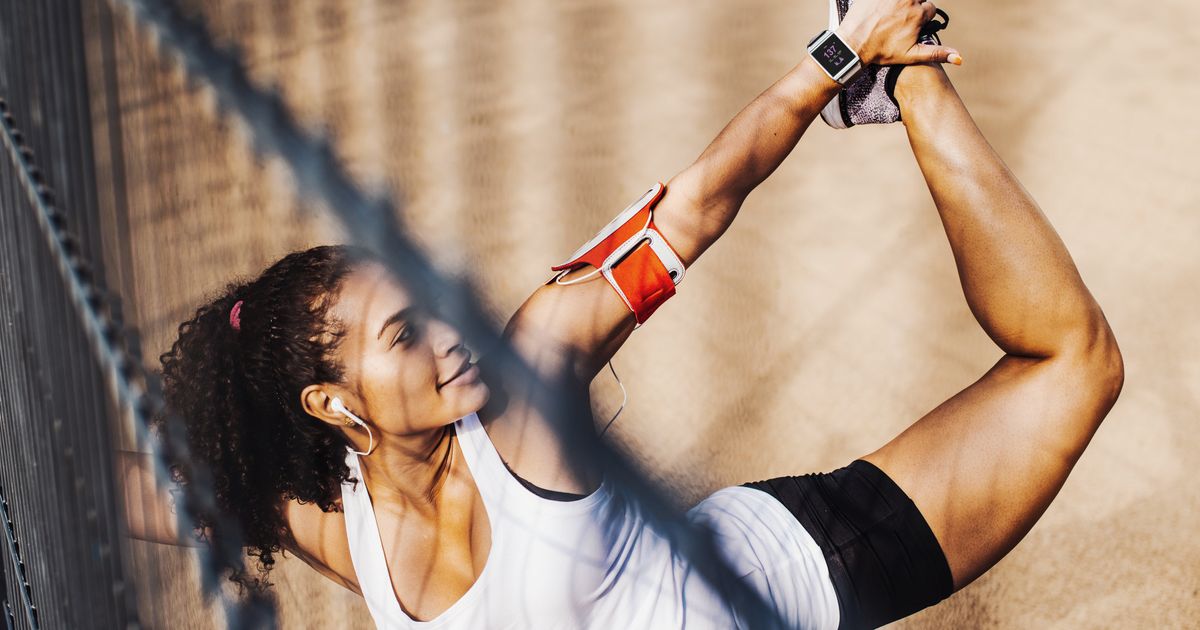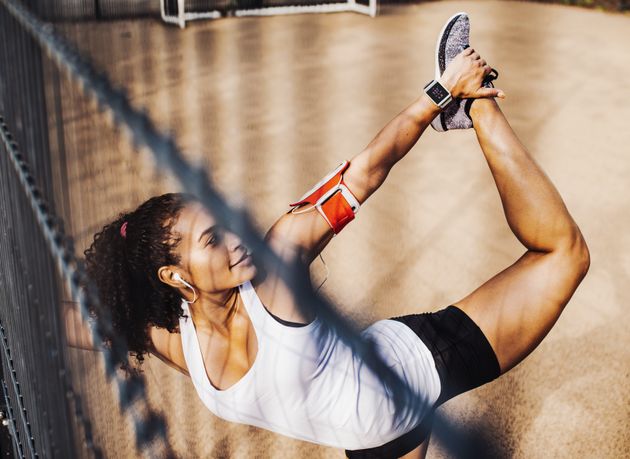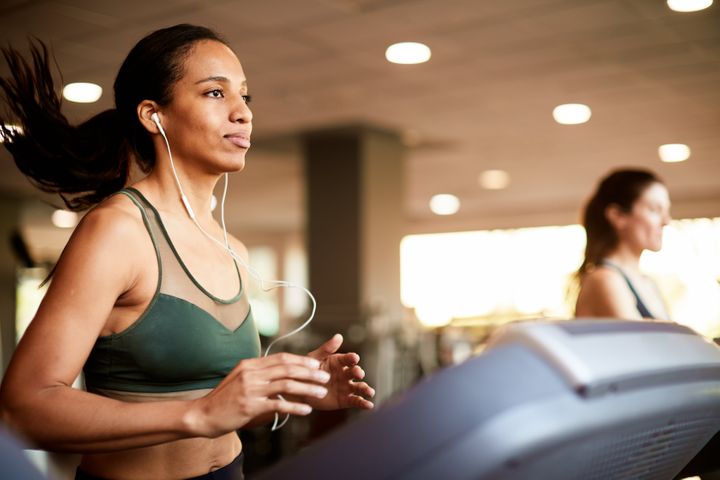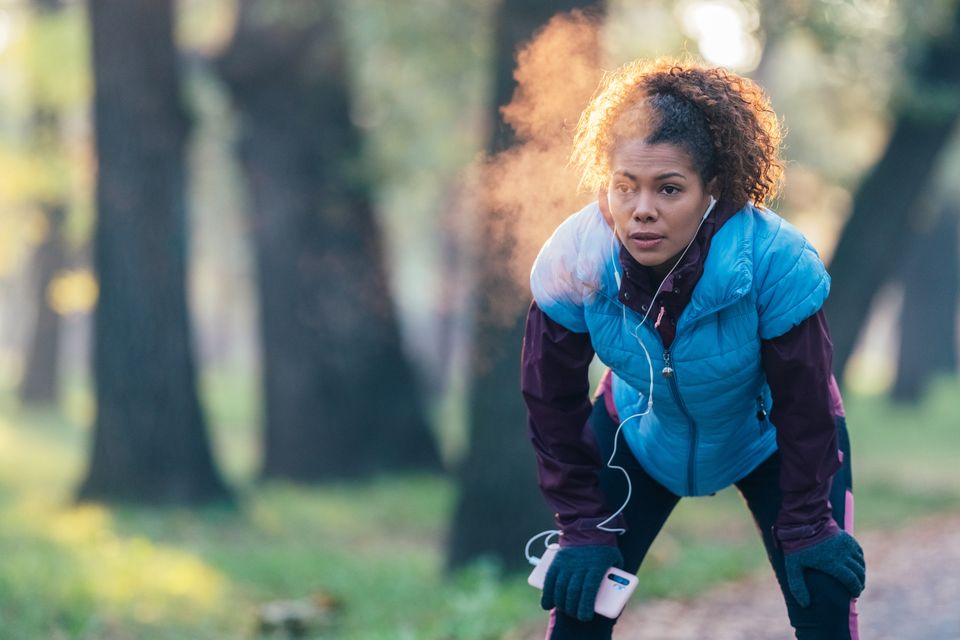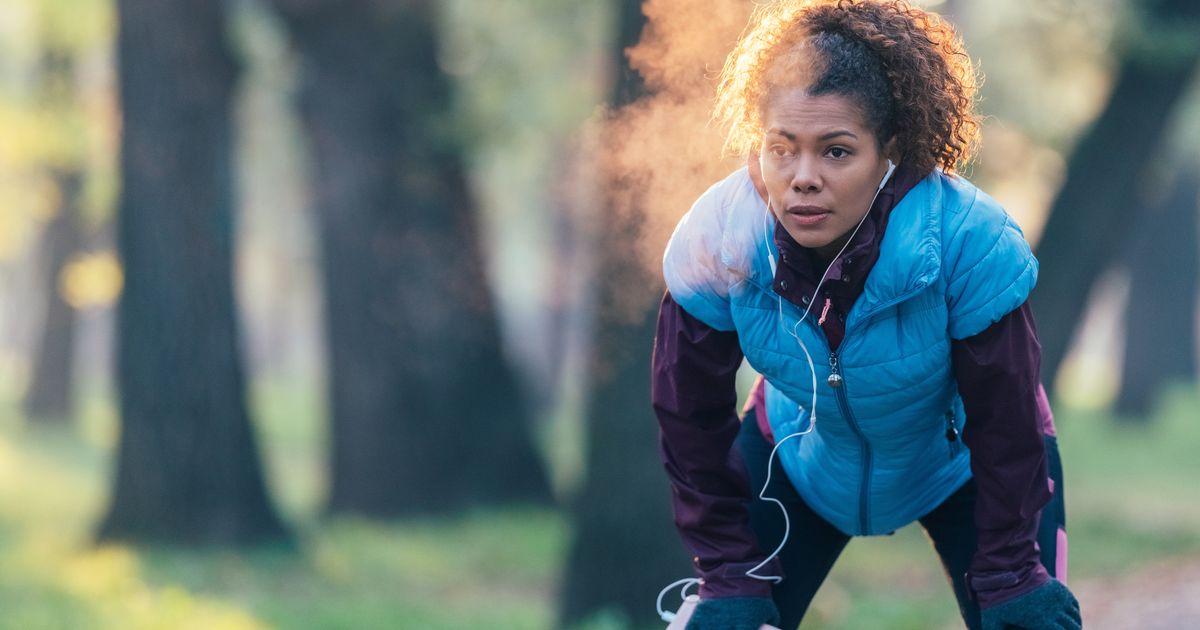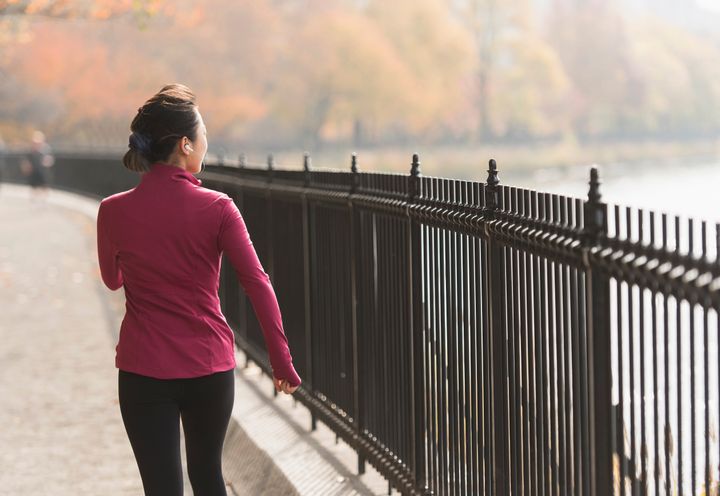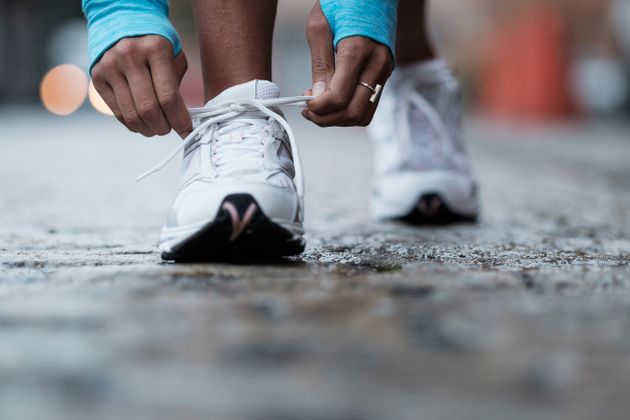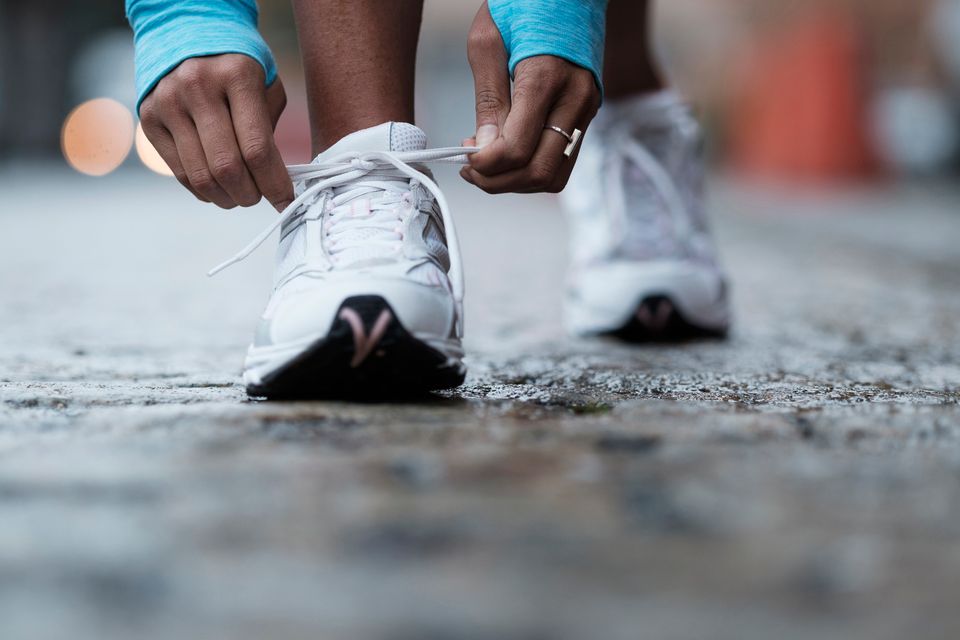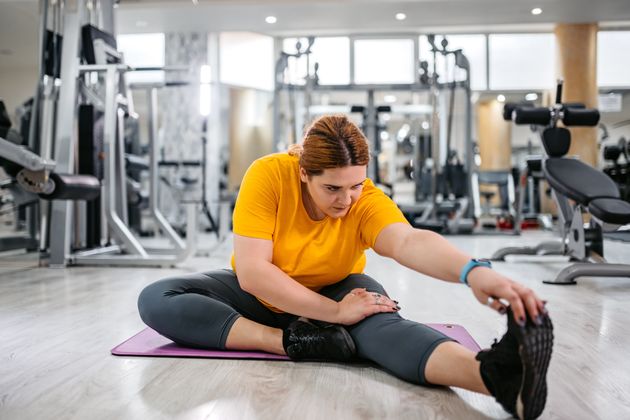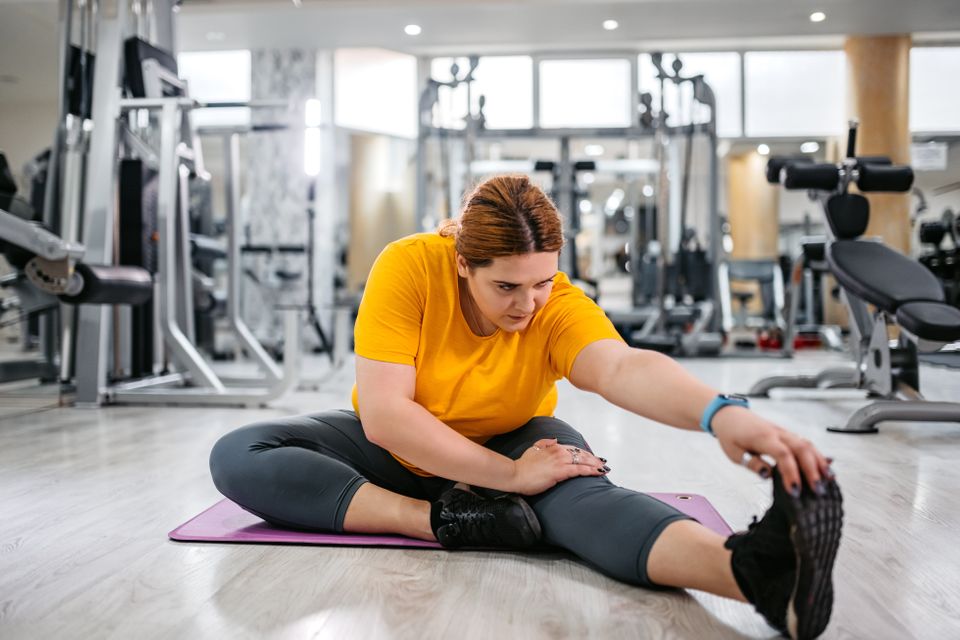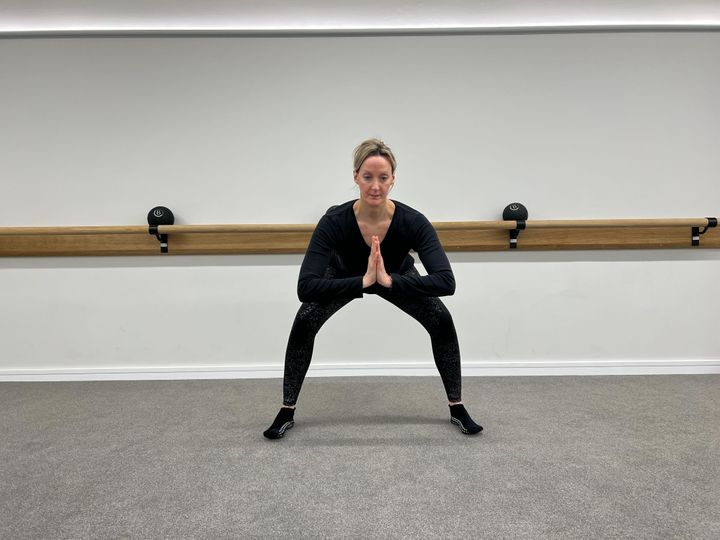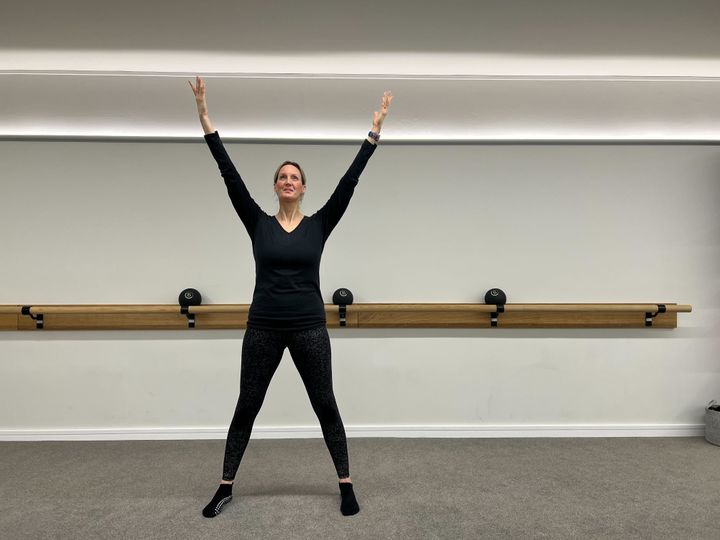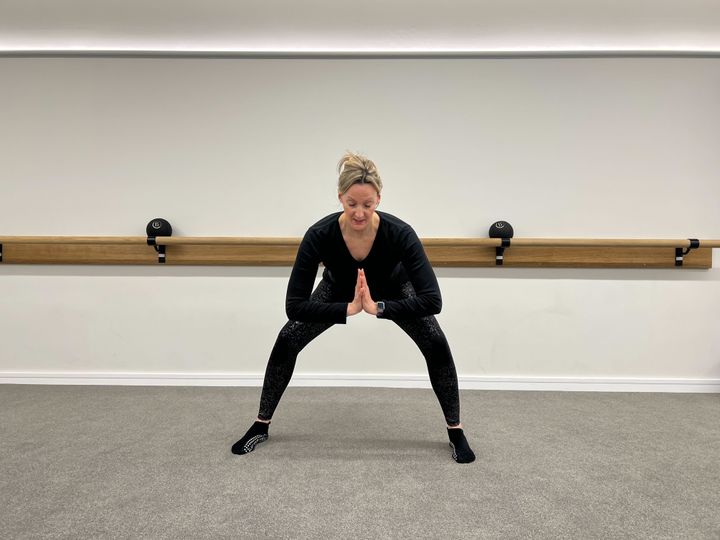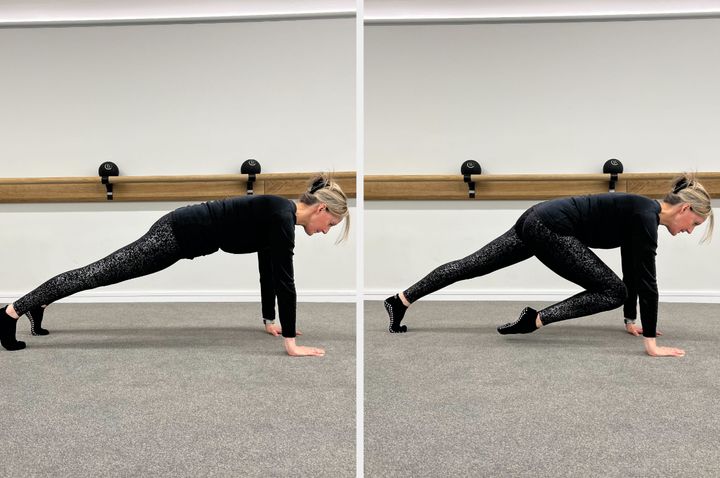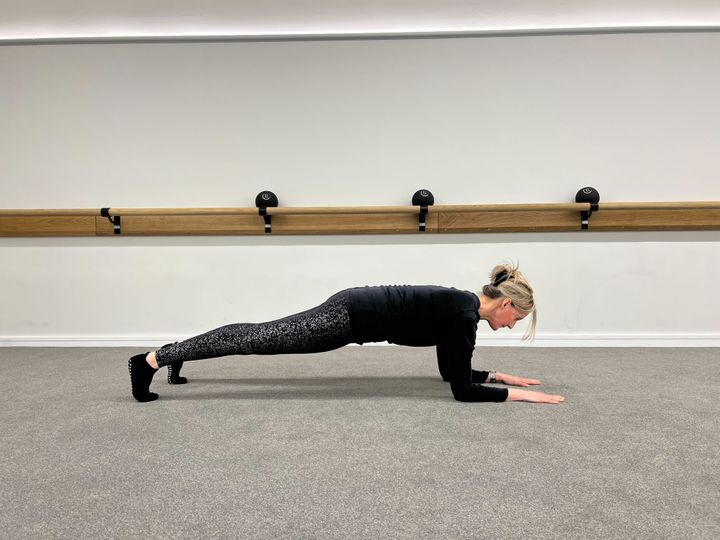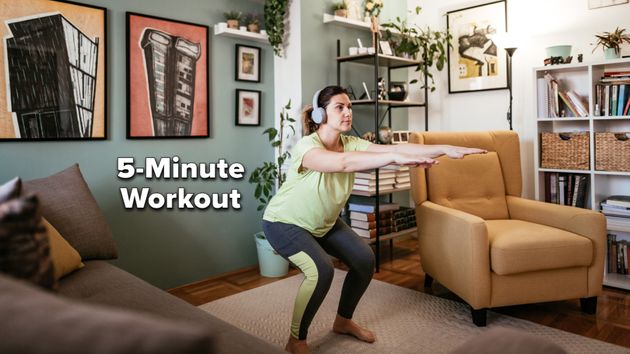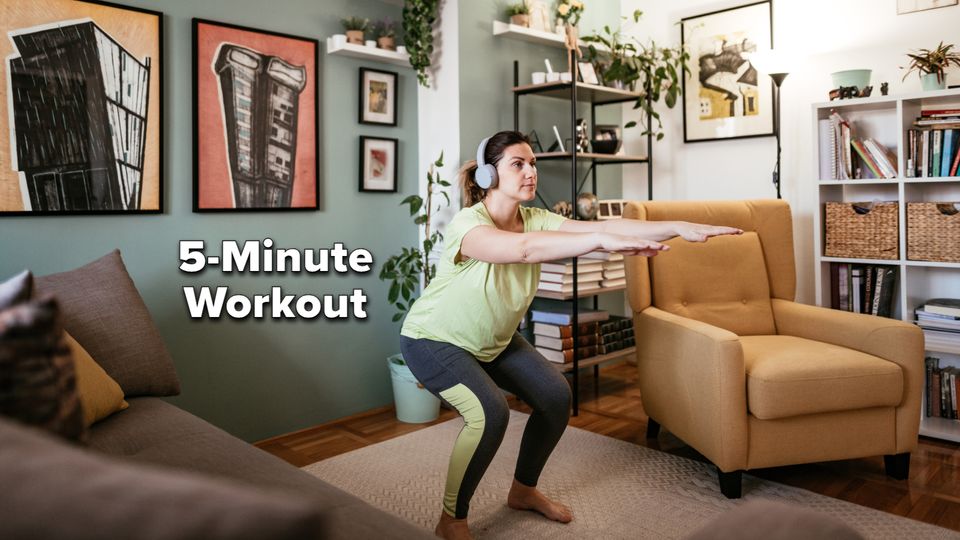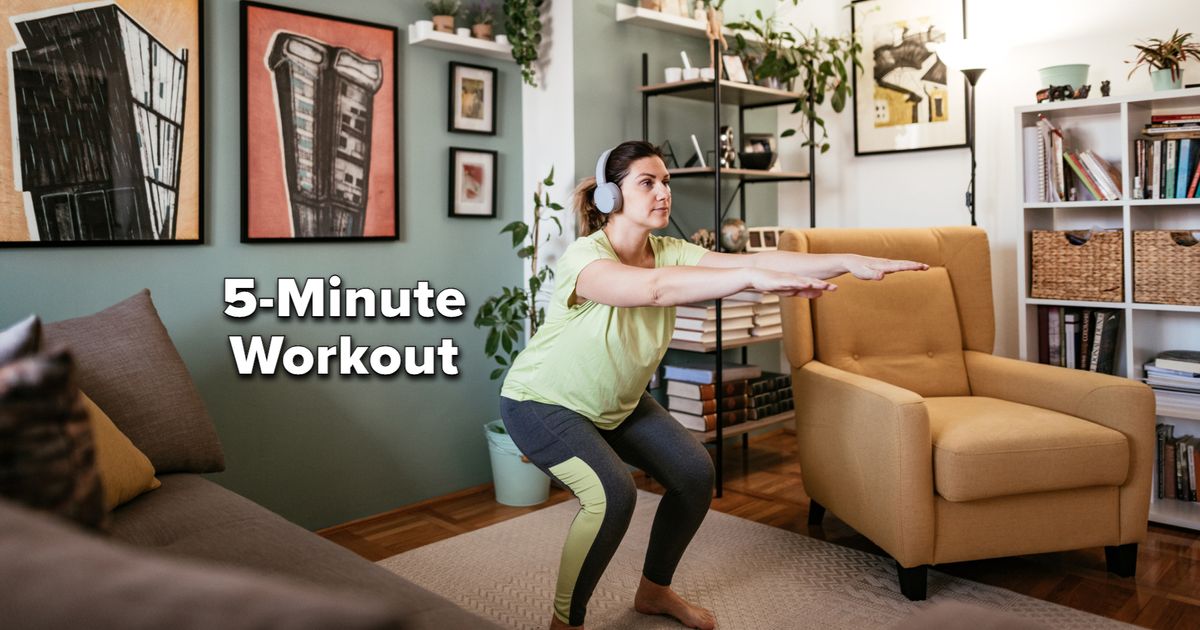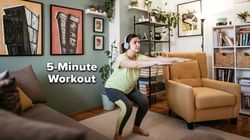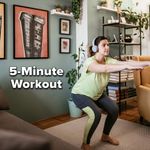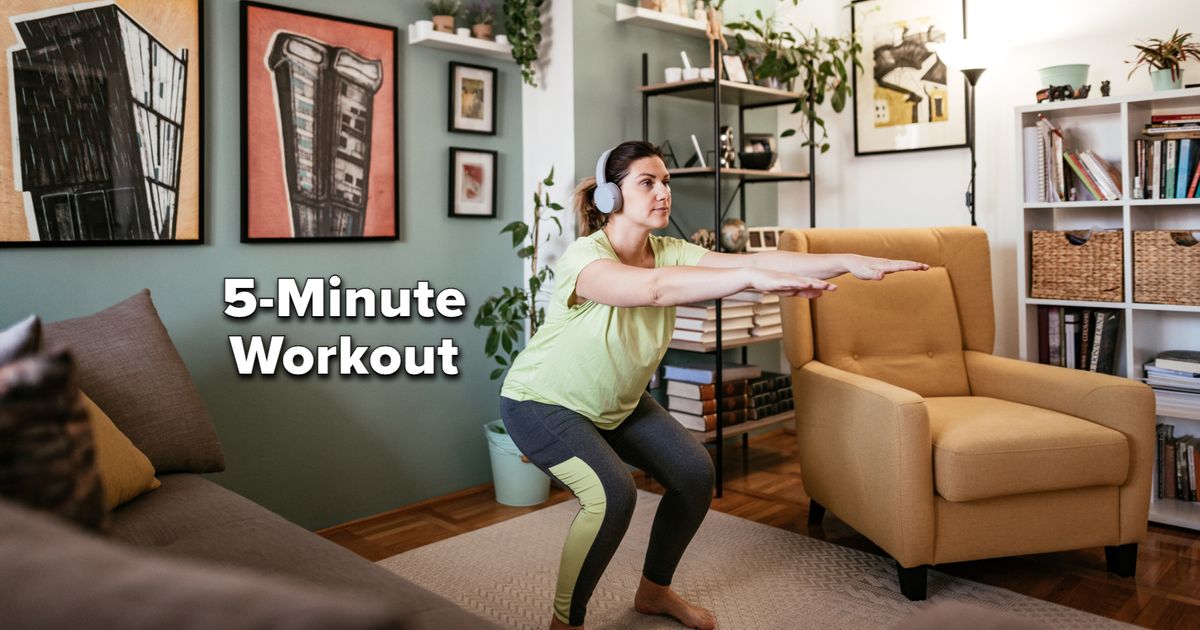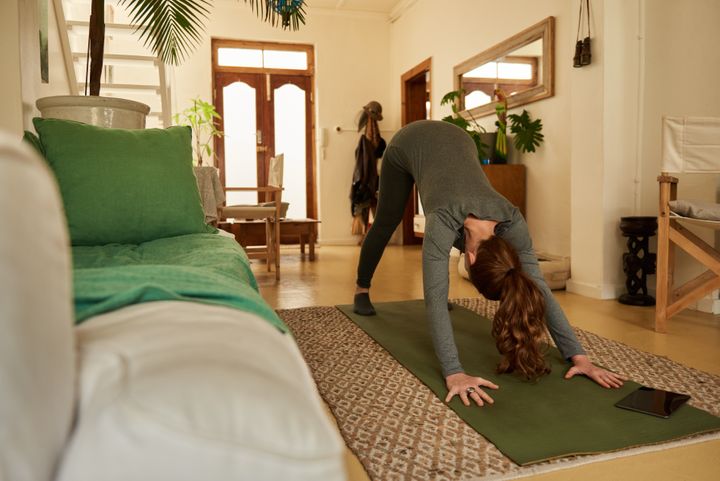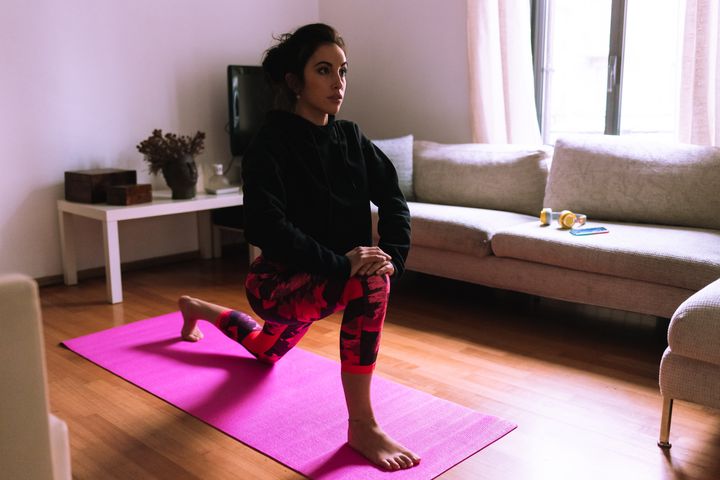
We all know that healthier lifestyles will benefit our physical and mental health in many ways, but between our busy lives and understanding that rest is equally important, it can be hard to identify how exactly to start living a little healthier.
However, the stats are hard to ignore, and a recent study published by the BMJ Evidence-Based Journal a healthy diet can add up to 5 years onto your lifespan and even offset the impact of harmful genetic conditions by 62%.
Advertisement
HuffPost UK spoke exclusively with Joanna Dase, a global fitness coach at thwomen’s health and fitness organisation Curves, to learn more about how we can take small steps to make a big difference to our wellbeing, and live a little longer.
How to improve your lifespan in eight easy steps
Take the hilly route
Listen, it doesn’t appeal to us either, but by choosing a hillier route instead of a flatter path, you’re doing wonders for your body.
Dase said: “Whether its during your commute or a casual walk, climbing at an incline helps to challenge your cardiovascular system and helps you burn more calories.
“As lung health improves over time, the risk of chronic lung and heart disease decreases due to better oxygen delivery throughout the body. Oxygen is vital for energy production, so this will help combat symptoms of fatigue too.”
Advertisement
Plus, walking downhill also has health benefits.
“Downhill walking trains your body in deceleration and makes use of different muscles and joints. As people age, downhill walking is important as it can help prevent injury.”
Develop a consistent sleep routine
Many of us are guilty of letting our sleep habits fall by the wayside, but according to Dase, resting is a key to staying healthy.
She explained: “During deep sleep, the body produces cytokines, proteins that fight infection and inflammation. By getting eight to nine hours of sleep each night, the immune system can be strengthened.
“Chronic sleep deprivation has been linked to an increased risk of cardiovascular diseases, including heart attacks and stroke. To ensure your body properly recharges and gets enough rest, create a calming pre-sleep ritual consisting of mindfulness, reading and self-care rituals.”
Unfortunately you should also avoid technology in the evening to signal to your body that it’s time to wind down.
Advertisement
Goodbye, late-night Wikipedia scrolls.
Swap pudding for a starter
Dase said: “Instead of finishing your meal with a sugary dessert, opt for a healthy starter.
“This could be a small salad, a bowl of soup, or a serving of vegetables. When overconsumed, processed desserts such as ice-cream, cake and cookies have been linked to a variety of health issues including obesity, heart disease and diabetes.”
By starting your meal with a nutritious starter, you’ll help to control your appetite and make overeating during the main course less likely.
Dase also pointed out that dessert can still be enjoyed as part of a balanced diet – but focusing on nutrient-rich foods throughout the day is essential for your wellbeing.
Limit screen time
Dase says that even taking 15 minutes away from your phone as a “digital detox” can be very beneficial and allow for a mental reset.
She explained: “Excessive screen time can lead to a cognitive overload, decreasing attention span and affecting sleep quality due to blue light exposure. This can also increase stress levels, contributing to health conditions such as depression and anxiety.”
Advertisement
She recommended setting boundaries with your phone which could include no phone during mealtimes and before bed.
“During these time periods, engage in activities that stimulate the mind such as reading or problem-solving with puzzles, wordsearches or sudoku,” she advised. “This will help maintain cognitive health and reduce the risk of cognitive decline as you age.”
Try a bodyweight circuit
Dase said: “Bodyweight circuits are a great way to workout and improve overall fitness when you don’t have time to travel to the gym.
“A 30-minute full body workout can be done with no equipment at home, consisting of exercises such as push-ups, glute bridges, plank and squats in your routine. This will help improve your balance and co-ordination as you age, and help with healthy weight management.”
She recommends following quick workouts online with a certified coach to guide your training. Start with two to three times a week, and gradually increase up to five times a week as you get stronger.
Advertisement
Pack in protein
According to Dase, protein has a higher thermic effect compared to fats and carbohydrates, meaning your body uses more energy to digest it. This increased energy expenditure can help boost your metabolism which means your body can burn more calories while at rest.
She added: “As well as this, as you age, maintaining muscle mass becomes increasingly important for mobility. Protein helps preserve muscle mass, decreasing your risk of falls and fractures as you get older. Also, adequate protein intake aids the immune system in producing more antibodies to fight off infections.
“As a general rule, most adults need around 0.8grams of protein per kilogram of bodyweight. Foods rich in lean protein include grilled chicken, fish, eggs, tofu, chickpeas and lentils.”
Dase recommended eating more protein in the morning to help regulate blood sugar levels and set you up for a day of steadier energy.
Join a local club
Dase said: “Joining a local club might seem like a daunting, large task to undertake at first but it’s often as simple as signing up and attending a meet-up in your area. Social connections are essential for our mental and emotional wellbeing.”
Advertisement
This is true. Social isolation has been linked to increased risk for heart disease, stroke, type 2 diabetes, depression, and anxiety. Therefore, chronic loneliness can be crippling and extremely harmful.
“Whether it’s joining your local fitness club, a book club, or a volunteer group, socialising with others fosters a sense of belonging and reduces feelings of loneliness.”
Make sure you get regular check ups
Dase advised: “Routine screenings and tests can identify risk factors for chronic diseases like hypertension, diabetes, and cancer before they become more serious, so it’s important to prioritise checkups in your calendar.
“Regular discussions with a healthcare professional about your lifestyle habits can provide tailored guidance to help you live a longer, happier and healthier life.”





